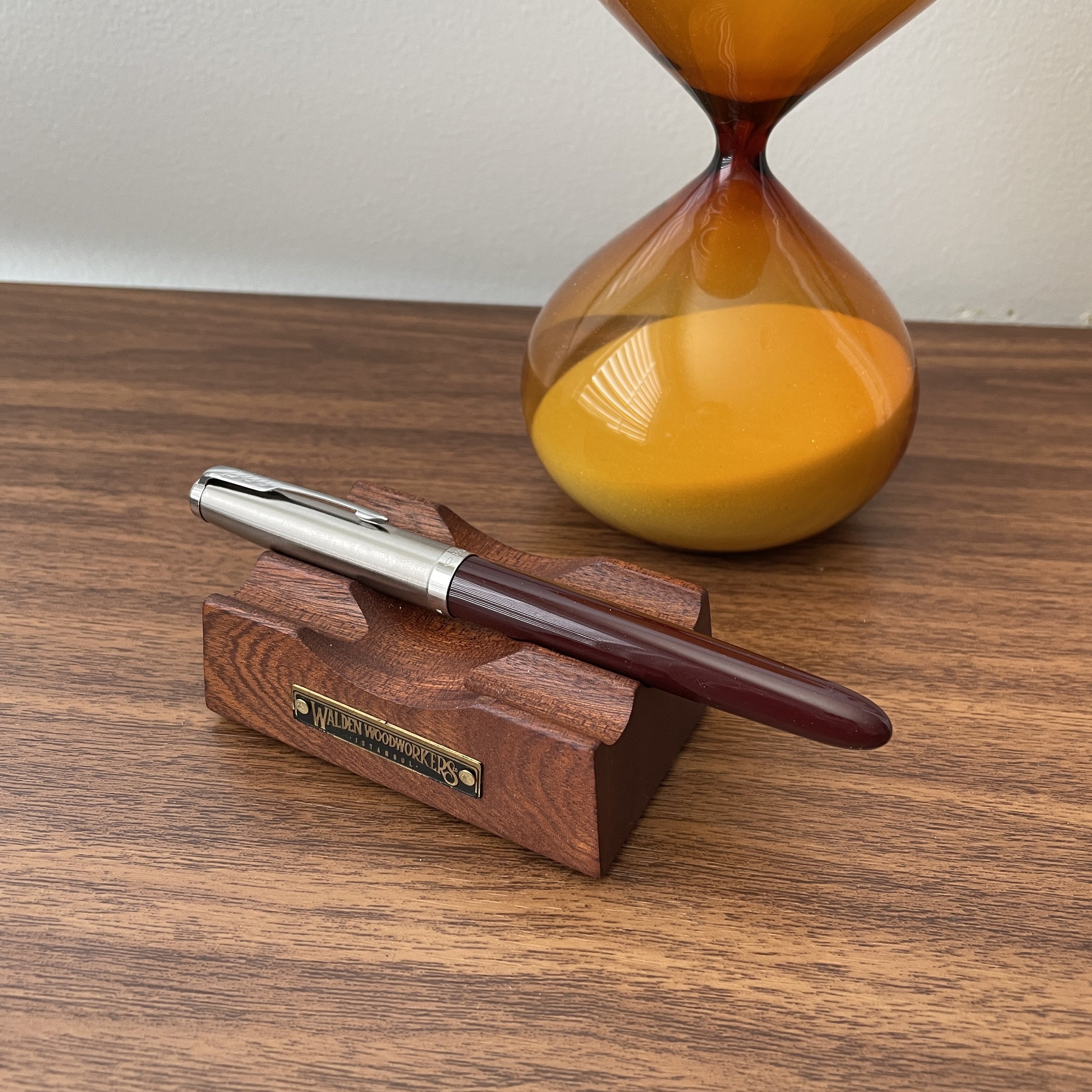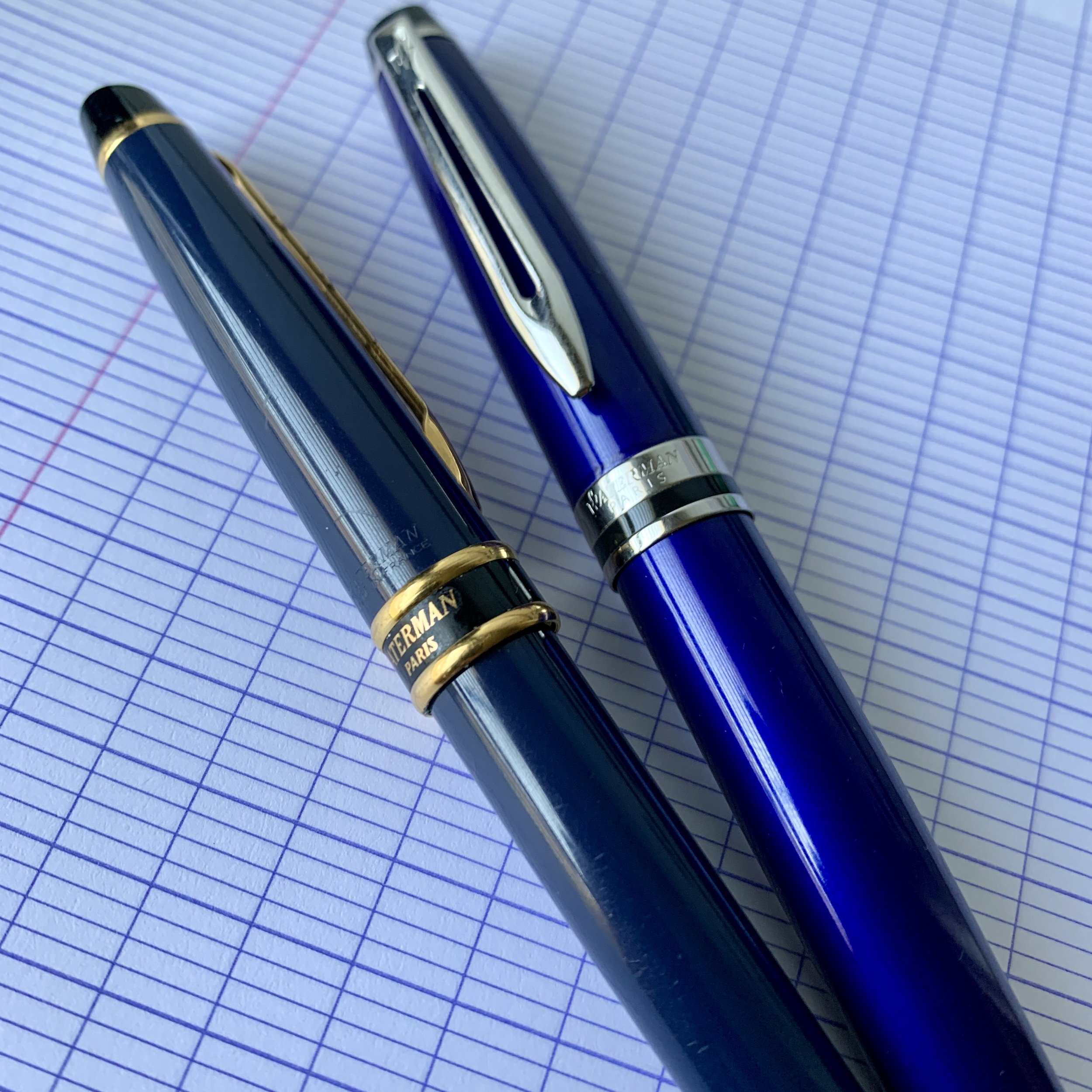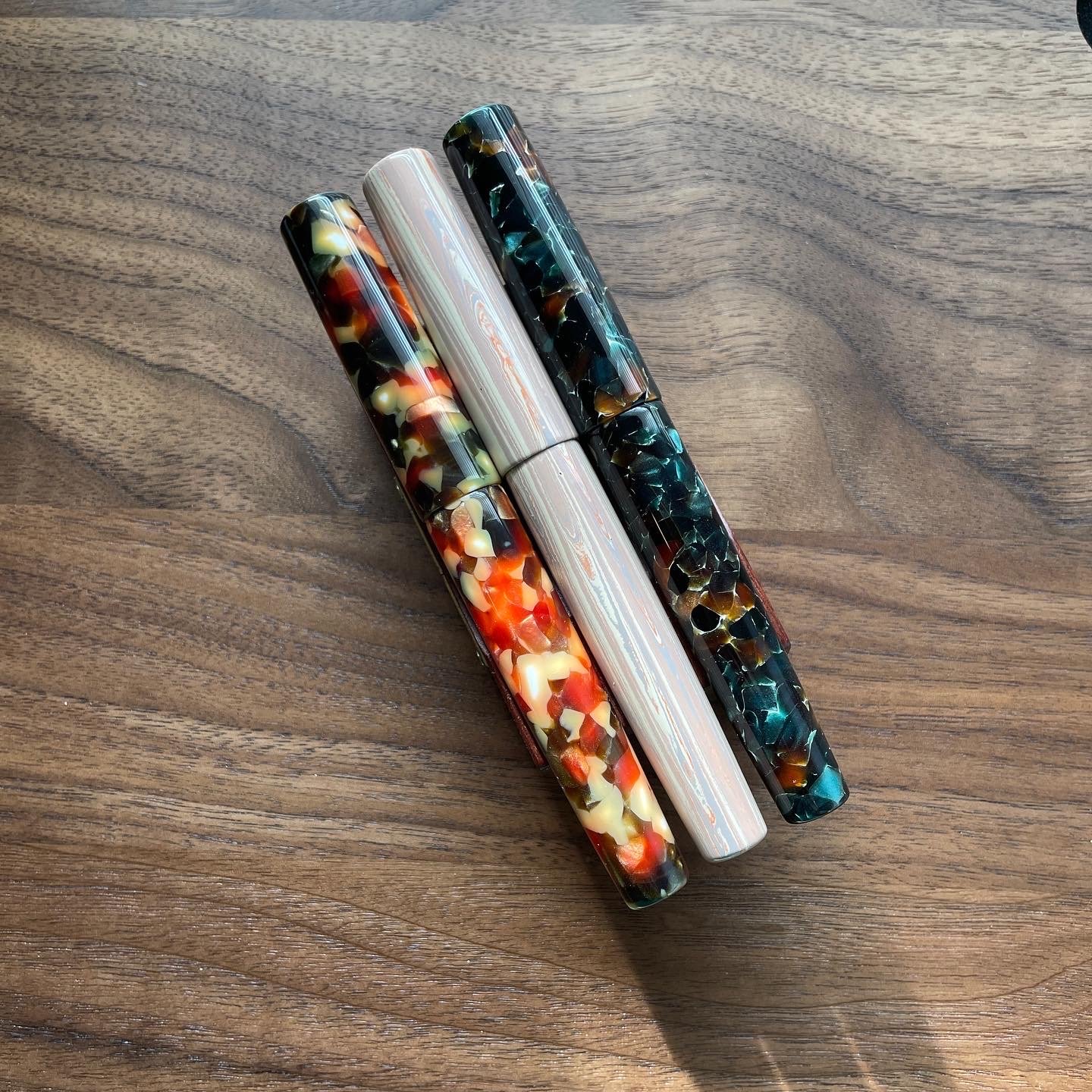I spend a fair bit of time reading pen blogs, participating in pen forums, and listening to pen podcasts. (Call it “professional research.”) As I was catching up on back podcast episodes over the holiday break, I listed to Pen Addict Episode No. 538, “Lukewarm Takes”, in which Brad and Myke discuss the prevalence of so-called “hot takes” in the pen community and elsewhere on the Internet. Needless to say, it got me thinking.
The best definition of “hot take” that I found comes from the Cambridge English Dictionary, which defines a “hot take” as “a piece of writing or speech, especially on the internet, giving someone's personal opinions about a topic, usually strong opinions that have not been carefully thought about and that many people are likely to disagree with.” As a general matter, hot takes annoy me. Not necessarily because they’re wrong - most at least start with a grain of truth - but rather because they nearly always take someone’s personal observation, experience or preference and extrapolate it into a broad pronouncement or judgment supposedly applicable to everyone else.
Some of my personal favorite pens are among those disparaged by online pen snobs, such as the Waterman Expert ballpoint and fountain pens shown here. The Parker Sonnet is another one of my “unpopular” preferences.
While many hot takes are not intended to be taken seriously, and are made solely for entertainment value, some are more pernicious. What I mean is that there are a series of “myths” out there about pens and stationery - particularly fountain pens - that I am asked about frequently, and which have a negative effect on the community. Most of these started as uninformed “hot takes” and have somehow become so ingrained that they’re accepted as “truth” by new users. I’ll address a few of them here.
Pens over [insert dollar amount] are never worth the money because you can find a good pen for $20 or less. Of all the ill-informed hot takes and pronouncements, this one annoys me the most, probably because it’s nearly always presented as an arrogant, condescending attempt to impose someone’s personal preferences on others and judge the choices of others. Sure, this statement can be true, if all you’re looking for is a pen that puts words on the paper in a satisfactory manner, with nothing more. However, this particular “hot take” ignores the myriad reasons that people buy pens that may cost more, including the different writing experiences offered by different nibs, the artistry involved in handmade or custom pens, and the flat-out fun of using an intricately engineered filling system. Everybody is in this hobby for different reasons, and if you’re buying a specific pen because it makes you happy, go for it.
True pen enthusiasts/connoisseurs only use fountain pens. Similarly, this one imposes a personal preference/snobbishness on others and I particularly dislike it because it’s often used to exclude others from the pen community. Not everyone can use fountain pens, and to be honest, many people prefer to use ballpoints or rollerballs exclusively. I know from personal experience running this blog and a small shop that there is a large number of people out there who are “into pens” but don’t show up at pen shows and other community events because they are perceived as “fountain pen exclusive.” There is nothing wrong with using what works for you, and outside of the loud voices on the pen internets and social media, most people who actually write a lot “in real life” use a wide array of fountain pens, ballpoints, pencils, and other writing instruments.
Cartridge/converter fountain pens are cheaply made and for beginners. You can substitute “steel nib” for “cartridge/converter” and get the same result: another “hot take” that’s essentially the inverse of No. 1. As I’ve written before, this hot take is nonsense, as I firmly believe cartridge/converter filling systems are often the best option for many people, including experienced fountain pen users such as myself. It’s about convenience and practicality and what works for your own writing needs, not your level of purported “sophistication” as a fountain pen user.
Vintage pens are better because you get “more” for your money. If what you’re looking for is a gold nib (particularly a flexible one), or vintage materials such as celluloid that cost hundreds or even thousands of dollars in a modern pen, then this take has some truth to it. That said, many people pass on vintage due to the need for periodic repairs, the lack of a warranty, often finicky filling systems, and a retail network that can be less than friendly to new users. Vintage pens are neither “better” nor “worse” than modern ones. Rather, they implicate so many different factors that I don’t think any comparison is fair.
You have to spend a lot of money to get interesting materials. In recent years, pen companies have taken to releasing an endless litany of “special” and “limited”, mainly standard-model pens in different finishes and materials, whether acrylic, ebonite, or celluloid. The markup on these editions can range from nothing to thousands of dollars, depending on factors such as scarcity of materials, artistry, and demand. In short, shop around. Companies such as TWSBI, Nahvalur, Opus 88, and PenBBS release runs of pens in fun materials without any markup at all, and you can often find independent pen makers who will make you a pen in that coveted Brooks material for hundreds of dollars less than what you would pay at retail.
All of the pens pictured here feature relatively uncommon materials, and each cost less than $130 from an independent maker.
So what’s the purpose of this post? To encourage people to slow down, explore their options, exercise their own judgment, and make their own decisions. Don’t buy pens based solely off of someone else’s opinions on what’s “acceptable” or “the best”, especially internet opinions that tend to be amplified according to who shouts the loudest. Try everything. Experiment and discover what you enjoy. We absolutely live in a time that many are calling a second “golden age” of fine writing, with many different options for pens, ink, and paper. Start with pens that don’t cost a lot of money and work your way up once you're comfortable (if you want). Try different types of pens. Or stop when you find something that works for you. It’s about your enjoyment, after all!
This post does not contain third-party advertising or affiliate links. The Gentleman Stationer is supported entirely by purchases from the T.G.S. Curated Shop and pledges via the T.G.S. Patreon Program.


